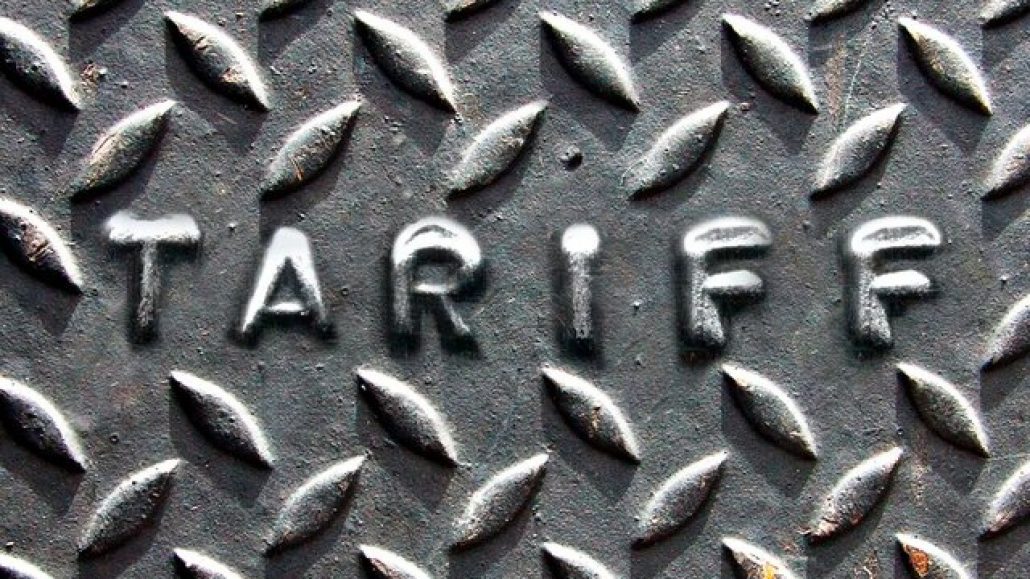
Battery-powered trains will transform Europe’s rail systems. They offer a cleaner, cost-efficient alternative to diesel-powered trains. Successful trials of a “tribrid” train in the UK, which switches between battery, diesel, and electric power, mark a crucial step toward cleaner rail travel. These trains will reduce emissions, lower operational costs, and offer faster transportation across Europe.
High-Speed, Cost-Effective, and Environmentally Friendly
Battery-powered trains can run at speeds of over 75 mph (120 kph) while cutting operational costs. During trials, a 700 kW battery-powered train ran 70 km on battery power alone. Future models are expected to cover 100-150 km, ideal for intercity routes. This technology could reduce fuel costs by up to 50%, which may result in lower ticket prices for passengers.
These trains also offer significant environmental benefits. They eliminate the need for electrification on unelectrified tracks, saving billions in infrastructure costs. Additionally, they run in zero-emission mode while entering and exiting stations, reducing air and noise pollution—especially in urban areas.
The Global Shift to Battery-Powered Trains
Battery-electric technology is rapidly advancing worldwide. Leading rail operators and manufacturers are rolling out battery-powered trains. Hitachi Rail, which launched the first passenger battery train in Japan, is expanding this technology in Europe. The EuroMasaccio platform from Hitachi aims to cut CO2 emissions by 50% by replacing diesel fleets.
Siemens Mobility has also introduced bi-mode battery trains in Germany’s Ortenau region. These trains save 1.8 million liters of diesel each year, and further expansion is planned across Europe. As more operators adopt battery-electric technology, Europe’s rail systems are moving toward more sustainable, efficient, and low-emission transport solutions.
Conclusion
Battery-powered trains are set to revolutionize Europe’s rail systems. They will offer an environmentally friendly, cost-effective alternative to diesel trains. With reduced emissions and lower operational costs, they promise a more sustainable future for transport. As battery-electric technology expands, Europe’s rail travel future looks brighter than ever.











Leave a Reply
You must be logged in to post a comment.